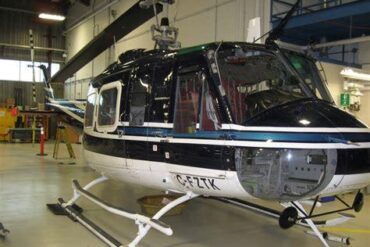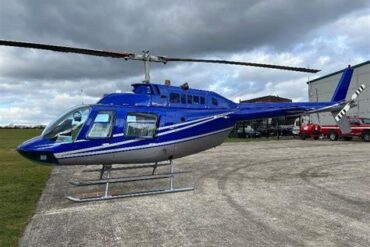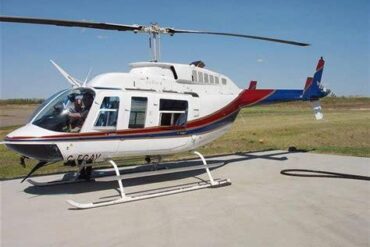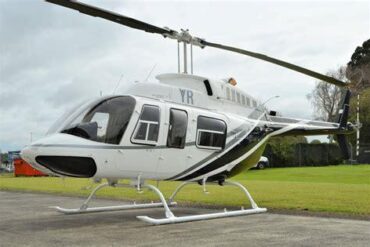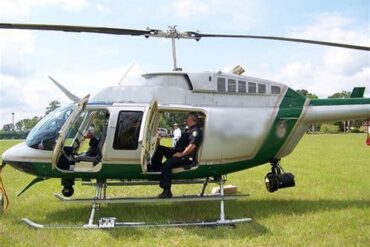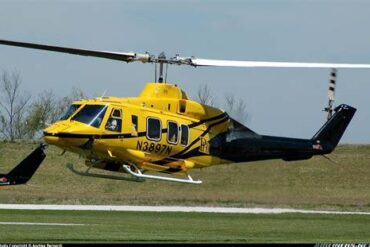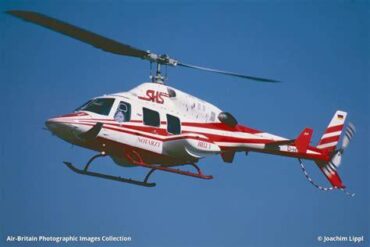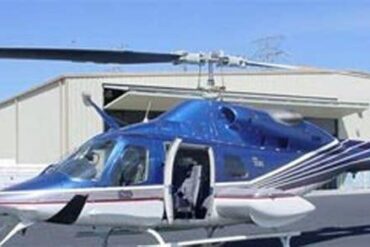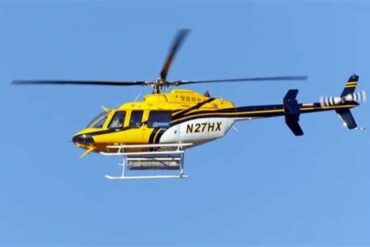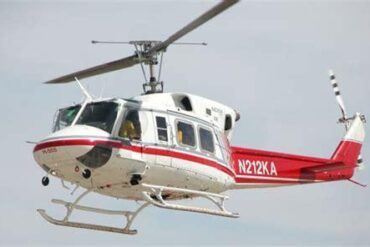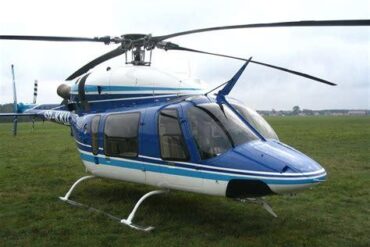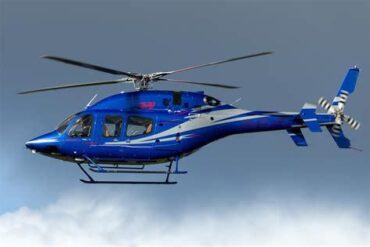The Bell 206B II, commonly referred to as the JetRanger, is a staple in the world of light helicopters. Renowned for its reliability, versatility, and cost-effectiveness, this helicopter has served various industries, including aerial tours, law enforcement, news gathering, and private aviation. Understanding the price and operating costs of the Bell 206B II is crucial for potential buyers, operators, and investors who are considering this aircraft for their operations.
Current Market Price of the Bell 206B II
New vs. Pre-Owned Bell 206B II
The Bell 206B II is no longer in production, with the last units being manufactured in the early 1980s. As a result, potential buyers will need to explore the pre-owned market. The price of a pre-owned Bell 206B II can vary significantly based on several factors, including airframe hours, engine cycles, avionics upgrades, and overall condition.
On average, a pre-owned Bell 206B II in good condition with moderate airframe hours can be purchased for $250,000 to $400,000. However, models with recent avionics upgrades, low airframe hours, or meticulously maintained service records can command prices upward of $500,000. It is important to note that the geographical location, market demand, and availability of the helicopter also play a role in determining the final purchase price.
Factors Influencing the Purchase Price
Several factors influence the price of a Bell 206B II on the pre-owned market:
-
Airframe Hours: Helicopters with lower airframe hours are generally more desirable and command higher prices.
-
Engine Condition: The time since overhaul (TSO) of the engine is a critical factor. A recently overhauled engine can significantly increase the aircraft’s value.
-
Avionics: Modern avionics systems, such as GPS, weather radar, and traffic alert systems, can enhance the safety and functionality of the helicopter, thereby increasing its market value.
-
Maintenance History: A well-documented maintenance history with adherence to manufacturer guidelines can make a Bell 206B II more attractive to buyers.
-
Exterior and Interior Condition: A refurbished exterior and upgraded interior can also add to the overall value.
Operating Costs of the Bell 206B II
Fixed Costs
Fixed costs are expenses that remain constant regardless of the number of flight hours. For the Bell 206B II, these costs typically include hangar fees, insurance, and pilot salaries.
-
Hangar Fees: Depending on the location, hangar fees can range from $500 to $1,500 per month. Operators in metropolitan areas or regions with high demand for hangar space may incur higher costs.
-
Insurance: The cost of insuring a Bell 206B II can vary widely based on factors such as pilot experience, intended use, and coverage levels. On average, annual insurance premiums can range from $10,000 to $20,000.
-
Pilot Salaries: Hiring a full-time pilot can cost between $60,000 and $100,000 per year, depending on their experience and the region of operation.
Variable Costs
Variable costs fluctuate based on the number of hours the helicopter is flown. The primary variable costs for the Bell 206B II include fuel, maintenance, and overhaul reserves.
-
Fuel Costs: The Bell 206B II is powered by the Allison 250-C20J turboshaft engine, which consumes approximately 27 gallons per hour (GPH). With Jet-A fuel prices averaging around $5 per gallon, fuel costs can be estimated at $135 per flight hour.
-
Maintenance Costs: Routine maintenance is essential for ensuring the airworthiness and safety of the aircraft. The direct maintenance cost for the Bell 206B II is approximately $150 per flight hour. This includes labor, parts, and consumables.
-
Overhaul Reserves: The Allison 250-C20J engine has a time between overhaul (TBO) of approximately 3,500 hours. Setting aside funds for the engine overhaul is a prudent financial practice. The overhaul cost is typically around $200,000, which equates to an hourly reserve of approximately $57.
Total Operating Costs
When calculating the total operating costs of the Bell 206B II, it is essential to combine both fixed and variable expenses. For an operator flying 300 hours per year, the estimated annual operating cost would be as follows:
| Expense Category | Annual Cost |
|---|---|
| Hangar Fees | $12,000 |
| Insurance | $15,000 |
| Pilot Salary | $80,000 |
| Fuel (300 hours @ $135/hr) | $40,500 |
| Maintenance (300 hours) | $45,000 |
| Overhaul Reserves | $17,100 |
| Total | $209,600 |
It is important to note that these figures are estimates and can vary based on location, pilot experience, and aircraft condition.
Cost-Effective Operation Strategies
Optimizing Fuel Consumption
Fuel is one of the largest variable costs in operating the Bell 206B II. Implementing fuel-saving strategies can help reduce overall operating costs. This includes maintaining optimal cruise speeds, minimizing unnecessary idling, and ensuring the helicopter is operated within its most efficient flight profile.
Regular Maintenance and Preventative Care
Proactive maintenance not only enhances safety but also helps avoid costly repairs and unscheduled downtime. Adhering to manufacturer-recommended maintenance intervals and performing regular inspections can extend the life of the aircraft and its components, ultimately reducing long-term costs.
Sharing Costs Through Joint Ownership or Leasing
For operators who do not require full-time access to a helicopter, joint ownership or leasing arrangements can be a cost-effective alternative. By sharing the purchase price, insurance, and maintenance costs with other operators, the overall financial burden can be significantly reduced.
Resale Value and Depreciation
Factors Affecting Resale Value
The resale value of a Bell 206B II is influenced by several factors, including airframe hours, engine cycles, and avionics. Helicopters with low airframe hours and modern avionics suites tend to retain their value better. Additionally, a well-maintained service history and recent overhauls can positively impact the resale value.
Depreciation Trends
While the Bell 206B II is known for its durability and reliability, it is still subject to depreciation. On average, the annual depreciation rate for a well-maintained Bell 206B II is approximately 5-7%. However, market demand, technological advancements, and overall economic conditions can cause fluctuations in this rate.
Conclusion
The Bell 206B II remains a popular choice for operators seeking a cost-effective, reliable, and versatile helicopter. By understanding the purchase price, operating costs, and resale value, operators can make informed decisions that align with their financial and operational goals. Through strategic cost management and regular maintenance, the Bell 206B II can continue to serve as a valuable asset in any aviation operation.

